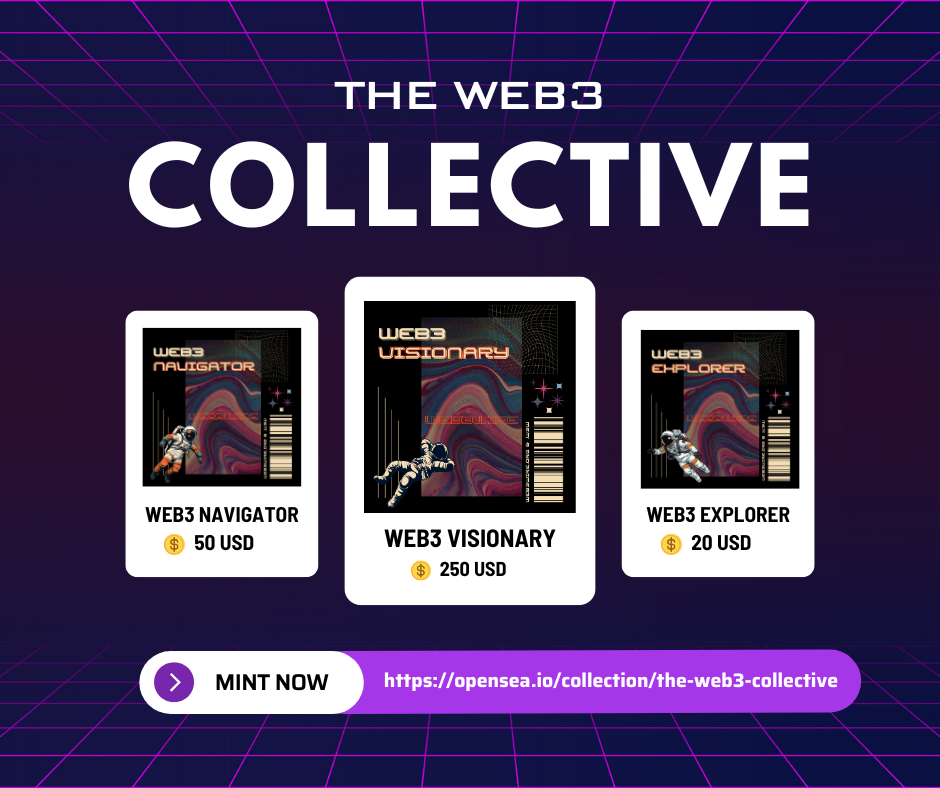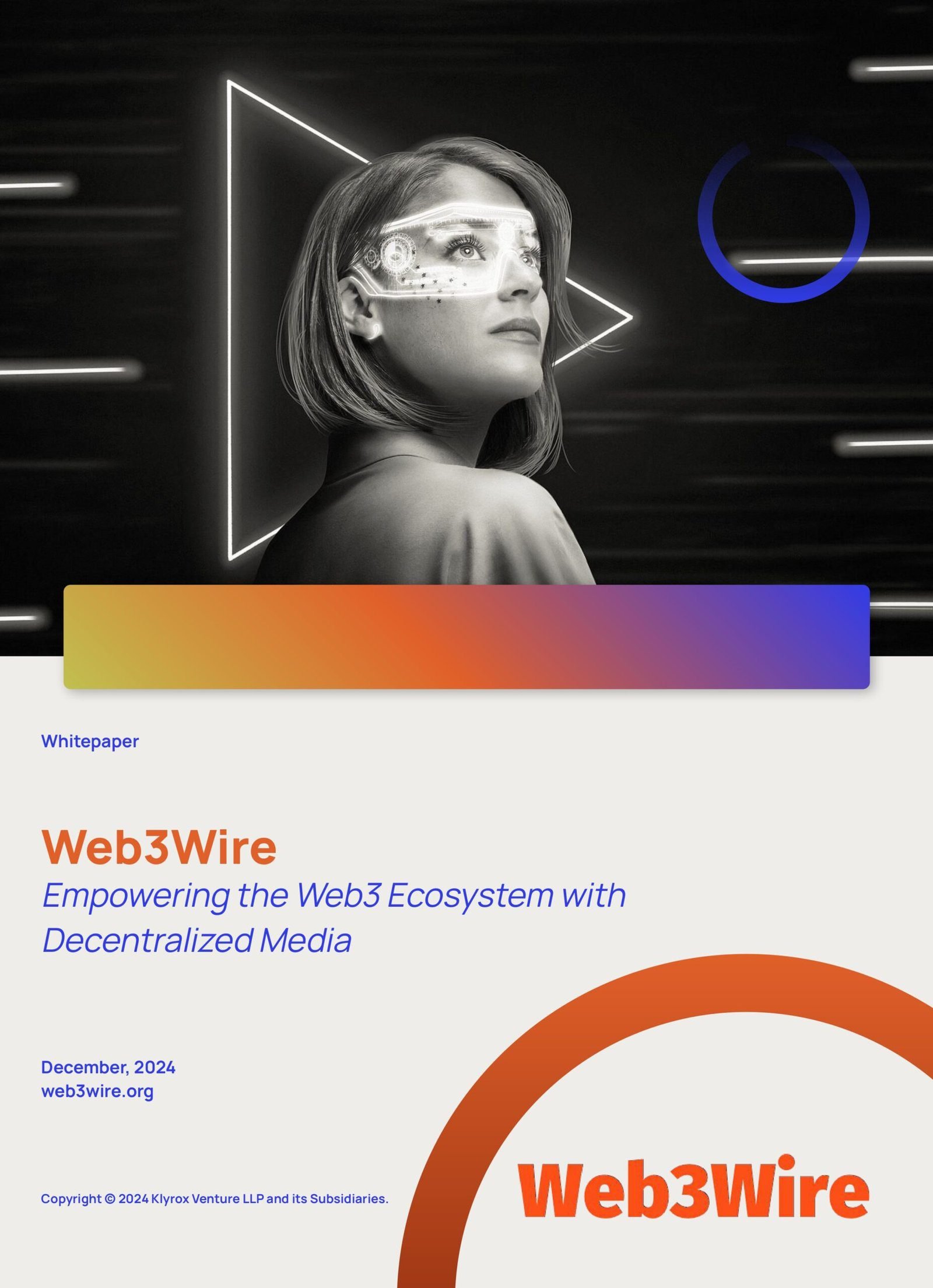
Revolutionizing Ownership: Digital Transformation through Asset Tokenization
In an era where technology continually reshapes the way we live and do business, the concept of asset tokenization emerges as a pivotal force in redefining ownership and investment. By digitally representing real-world assets on a blockchain, tokenization not only enhances liquidity and accessibility but also democratizes the investment landscape. This article explores the profound impact of asset tokenization and its potential to transform diverse sectors.
Understanding Asset Tokenization
Asset tokenization refers to the process of converting physical assets into a digital form, typically employing blockchain technology. These digital representations, or tokens, are stored on a secure, decentralized ledger, ensuring both transparency and immutability. This innovative approach allows for fractional ownership, making it easier for individuals and entities to engage in markets that were previously exclusive or geographically confined.
How Does It Work?
The mechanics of asset tokenization involve several key steps:
- Asset Selection: Identify the physical or intangible asset to be tokenized, ranging from real estate and art to intellectual property and commodities.
- Token Creation: Develop digital tokens that represent shares or rights in the asset using smart contracts.
- Blockchain Deployment: Deploy the tokens on a blockchain platform to ensure they are secure, trackable, and compliant with regulatory frameworks.
- Marketplace Facilitation: Launch the tokens on a platform or exchange where potential investors can buy, sell, or trade them, introducing liquidity and visibility.
The Growing Appeal of Asset Tokenization
Liquidity Unlocked
Historically, many asset classes, particularly real estate, have suffered from illiquidity due to the substantial capital investment and lengthy transaction times they require. Tokenization offers a solution by segmenting these assets into smaller, easily tradable units. The increased liquidity attracts a broader range of investors, amplifying demand and potentially increasing asset values.
Enhanced Transparency and Security
Blockchain’s intrinsic features, such as its decentralized nature, provide unparalleled levels of security and transparency. Each token transaction is recorded on the blockchain, offering an easily accessible and tamper-proof audit trail. This enhanced visibility bolsters investor confidence and reduces the risk of fraud and disputes.
Democratization of Investment Opportunities
Asset tokenization inherently democratizes opportunities by lowering investment barriers. Traditionally, high-value assets have been the domain of affluent investors or institutions. Now, fractional ownership allows smaller investors to participate in these markets, fostering an inclusive financial ecosystem.
Applications Across Diverse Sectors
Real Estate Revolution
Real estate stands as one of the biggest beneficiaries of tokenization. Property owners can tokenize assets to raise capital without selling the entire property, while investors can diversify their portfolios by investing in several properties across different geographies. This model enables faster, cost-effective transactions, propelling real estate trading into the digital age.
Art and Collectibles
The art world is harnessing tokenization to broaden its appeal. By tokenizing valuable art pieces or collectibles, owners can unlock liquidity while art enthusiasts gain the opportunity to invest in high-value assets previously beyond their reach. This adaptation provides a safeguard for artists and collectors against price volatility and fraudulent practices.
Equity and Debt Instruments
Tokenization is also transforming financial markets by offering an innovative approach to equity and debt securities. Startups and businesses can leverage tokenized securities to raise capital more efficiently, stimulating greater participation from global investors while remaining compliant with regulatory standards.
Challenges on the Horizon
Regulatory Landscape
Despite its advantages, asset tokenization faces hurdles, particularly concerning regulatory oversight. As governments worldwide grapple with this emerging technology, establishing clear regulations is crucial to ensure market stability and protect investors from potential risks of fraud or misuse.
Technology and Adoption
The success of tokenization largely depends on the scalability and capabilities of blockchain technology. As networks improve, solving issues related to transaction speed, energy consumption, and interoperability will be critical. Educating investors and businesses about the benefits and mechanics of tokenization will also prove essential for widespread acceptance.
Conclusion
The digital transformation enabled by asset tokenization is more than a fleeting trend; it represents a paradigm shift in how we perceive and interact with ownership. By providing greater efficiency, security, and access, tokenization has the potential to reshape industries and redefine the global investment landscape. As technology and regulations evolve, the continued growth and success of this transformative approach are inevitable, opening new horizons for investors and asset owners alike.
Asset tokenization stands at the forefront of technological innovation, ready to revolutionize the concept of ownership and provide a pathway to a more inclusive and dynamic financial future.
“`







